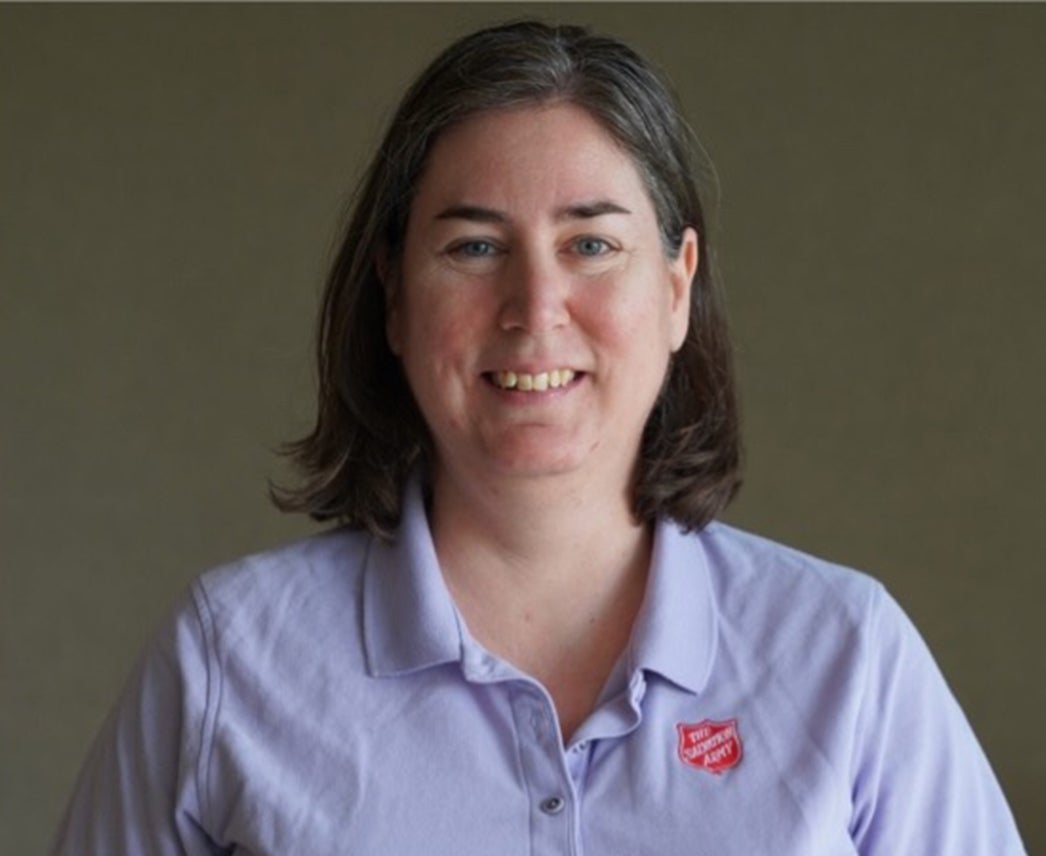Leading with Heart: Meghan Foley’s Journey from Katrina to National Disaster Response Leadership

When Hurricane Katrina struck in 2005, Meghan Foley was not in New Orleans. She was in Baltimore, working for Outward Bound, teaching trust and team-building skills to young people. But like millions of others, she watched the levees break on television and felt the helpless urge to act. “I remember calling my dad and saying, ‘I have to help. I don’t know what to do, but I have to help,’” she recalled. His response would shape the trajectory of her life: “Find a skill your community needs, and give that to your community.”
At the time, that skill was teaching. Three years later, with a certification in hand, Foley moved to New Orleans to work in one of the city’s fledgling charter schools. Her classroom sat in a row of trailers on a demolished campus. She arrived expecting a city on the mend. Instead, she encountered neighborhoods still broken and children still carrying trauma.
Her fourth graders were only 6 when Katrina hit. They told stories of being plucked from rooftops by helicopter as if it were an ordinary rite of childhood. “That’s just what happens,” one child assured her when she worried aloud. For Foley, the normalization of crisis was staggering. How could she teach the water cycle to children who could not yet read the word precipitation because they had been shuffled through multiple schools in the chaos of displacement?
Still, she found hope in their resilience. As Mardi Gras approached, families brought coconuts — prized keepsakes traditionally handed out during the city’s famous parades — for the children to decorate as part of their school projects. Even in the midst of loss, New Orleans’ spirit endured. Through these small acts of joy, the children found ways to celebrate, learn, and rebuild their sense of community.
But Katrina’s impact stretched far beyond classrooms. In 2008, when Hurricane Gustav threatened, Foley saw firsthand how fragile recovery remained. Families fled, but many lacked the gas money to return. Evacuation, she learned, was only the first hurdle. The return home was often harder, marked by boarded-up houses, powerless neighborhoods, and armed National Guard patrols on street corners. The physical dislocation was daunting, but the psychological toll was heavier still. “There’s really no accounting for the emotional toll of packing up, not knowing if your house will be there, not knowing if you’ll have a job when you come back,” she said.
Her own path soon shifted. When the BP oil spill devastated the Gulf, Foley moved into disaster logistics, cutting her teeth in high-pressure environments where she learned how to navigate complex emergency systems. What started as a teaching career in post-Katrina schools transformed into a vocation in disaster response. She realized she not only had the temperament for high-stakes crises but also the calling.
Today, two decades after Katrina, Foley serves as the national director of Emergency Disaster Services for The Salvation Army. From that vantage point, she sees Katrina as a turning point not just in her life but in the nation’s approach to disaster response. The storm put the newly adopted Incident Command System to the test. This approach created a standardized structure for emergency response, allowing different agencies to share information and coordinate using the same process. It proved that, even in crisis, they could work together and speak a common language. It also taught the necessity of involving nonprofits and community partners in long-term recovery.
For Foley, the most enduring lesson is that disaster begins and ends locally. The Salvation Army’s unique benefit, she argues, is not just in showing up after calamity but in building resilience every day through its social services. A family with stable housing, food security, and savings is one less family in line for aid after a storm. Resilience is not abstract; it can be as concrete as a backpack of school supplies that frees up $40 for gas in an evacuation.
Reflecting on the arc from Katrina to today, Foley acknowledges both loss and possibility. “With Katrina, everything changed. And everything will change again,” she said. Change, in her view, is not something to fear but an invitation to serve better, to meet evolving needs with deeper commitment.
The children who once saw helicopter rescues as normal are now adults, carrying memories of both trauma and survival. And Foley, once a young woman desperate to help but unsure how, has become one of the leaders ensuring that when the next storm comes, communities will not face it alone.